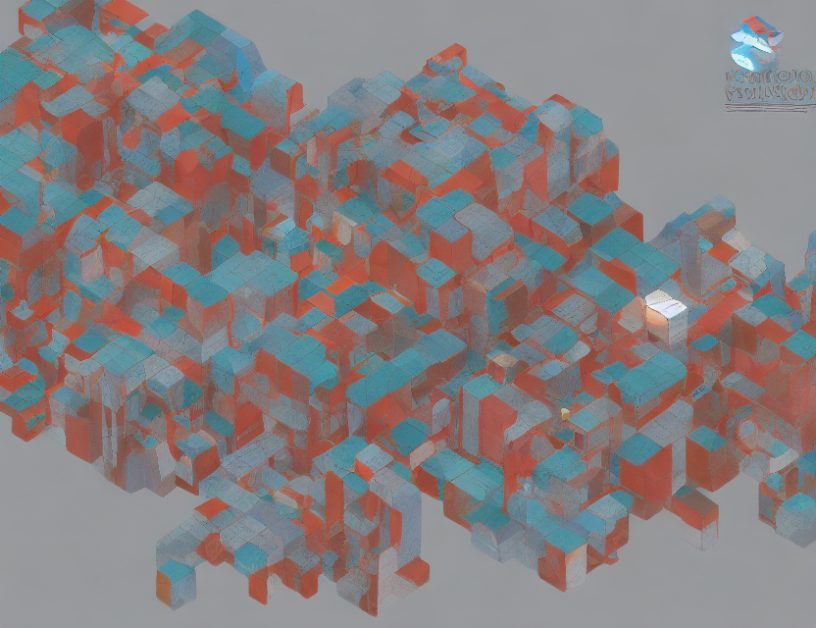In this paper, we explore the connection between the complexity of a string and the structure of finite groupoids. Groupoids are algebraic structures that are similar to groups but have additional properties that make them useful for studying certain types of algorithms. The authors present a new approach to measuring the complexity of a string based on the number of groupoids needed to generate it.
The authors start by defining some key terms, such as "groupoid" and "Kolmogorov complexity." They explain that the Kolmogorov complexity of a string is a measure of how long a program would need to be in order to produce the string as output, given a specific input.
The authors then delve into the relationship between groupoids and Kolmogorov complexity. They show that the complexity of a string can be calculated using the number of groupoids needed to generate it. In other words, the more complex the string, the more groupoids are required to produce it.
The authors also explore some of the key results in this area, such as the fact that the Kolmogorov complexity of a string is always less than or equal to the length of the string. They also show how this concept can be applied to other areas of computer science, such as coding theory and cryptography.
Throughout the paper, the authors use clear and concise language, making it easy for readers to follow their arguments. They also provide several examples and illustrations to help drive home their points. Overall, this paper provides a valuable contribution to the field of computer science by shedding light on the complex relationship between strings and groupoids.
Computer Science, Information Theory
Kolmogorov Complexity of Finite Groupoids



